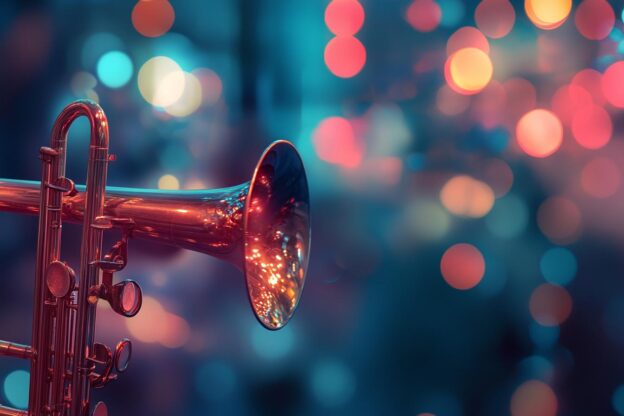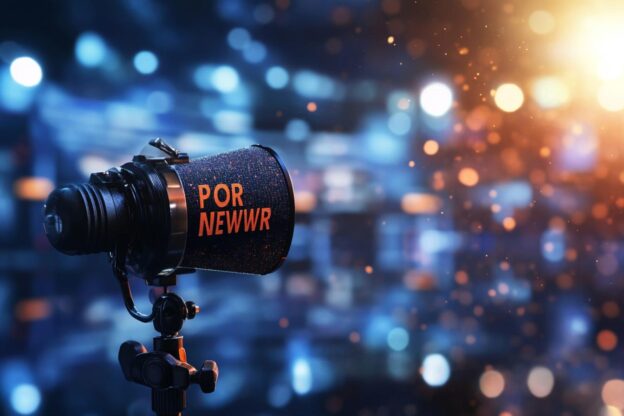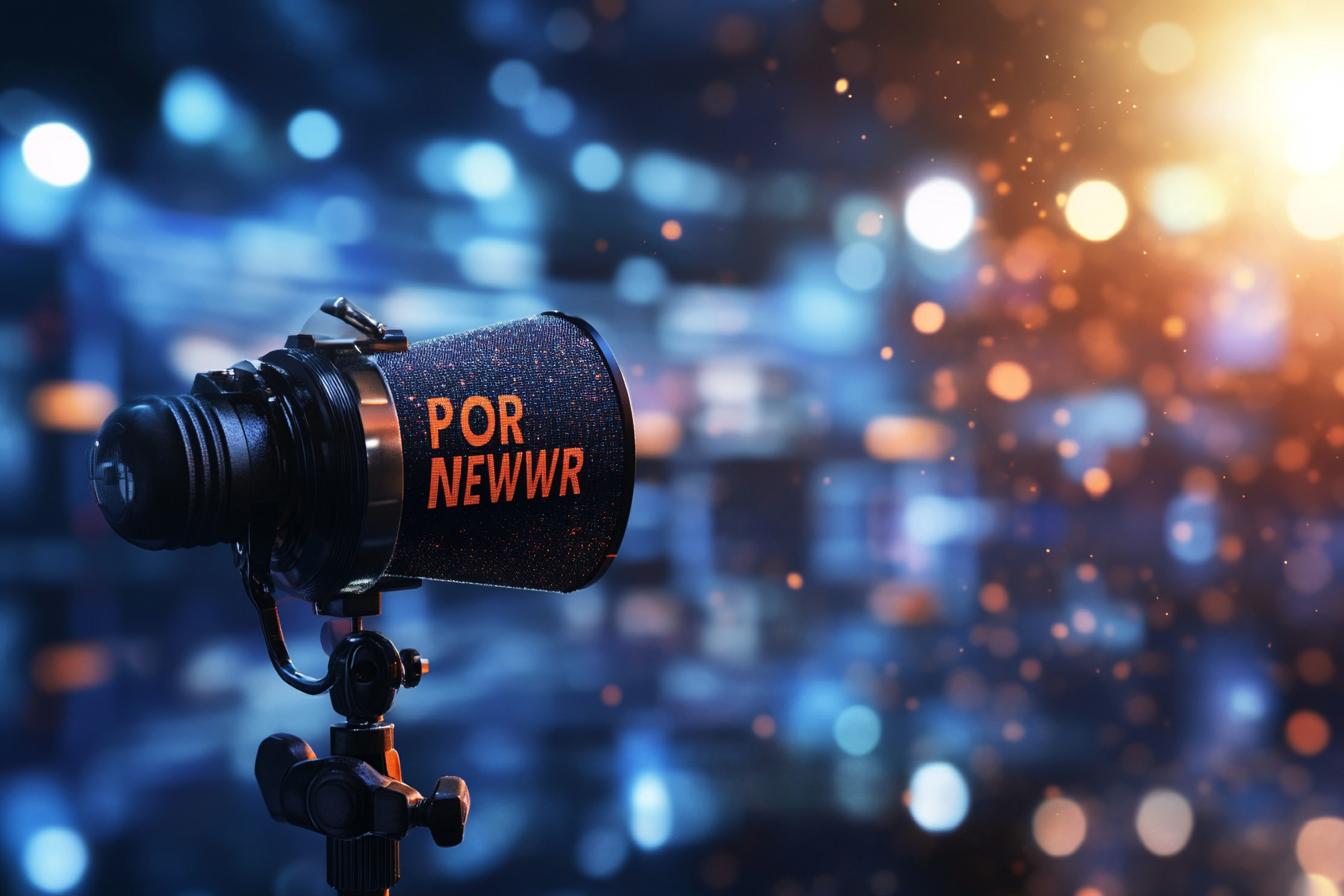The Jazz Music Society is thrilled to announce the launch of its brand-new radio program, “Jazz Vibes,” airing every Saturday morning at 10 am. This exciting initiative aims to bring the vibrant world of jazz to a wider audience, showcasing the diverse styles and talented artists that make this genre so captivating. “Jazz Vibes” will feature a curated selection of both classic and contemporary jazz tracks, interspersed with insightful interviews and engaging discussions about the history, evolution, and cultural impact of jazz music. We believe this program will provide a platform for music lovers to discover new favorites and deepen their appreciation for this timeless art form.
In addition to the radio program, the Jazz Music Society is also partnering with local radio stations to host live jazz performances. These events will offer an intimate and immersive experience for listeners, allowing them to connect with the music on a personal level. We are committed to making jazz accessible to all, and we invite you to join us on this exciting journey. Have you ever wondered about the origins of bebop or the influence of jazz on other genres? Perhaps you’d like to learn more about the legendary musicians who shaped the sound of jazz? Tune in to “Jazz Vibes” and let us take you on a musical adventure!

Jazz Music Society Updates
1. Jazz Music Society Updates
The Jazz Music Society is thrilled to announce the upcoming “Jazz in the Park” concert series! Kicking off in June, these free events will feature local jazz musicians performing in a variety of styles, from traditional to contemporary. The concerts will be held every Saturday evening in the beautiful setting of Central Park, offering a perfect opportunity to enjoy the music while picnicking with friends and family. We encourage everyone to come out and experience the vibrant energy of live jazz in a relaxed and enjoyable atmosphere.
Furthermore, the Jazz Music Society is excited to launch its new mentorship program, connecting aspiring young jazz musicians with experienced professionals. This program will provide guidance, support, and opportunities for growth, fostering the next generation of jazz talent. The program will include workshops, masterclasses, and performance opportunities, allowing mentees to develop their skills and gain valuable experience. We believe this program will make a significant impact on the future of jazz music.
2. Upcoming Events and Performances
Get ready to groove because the Jazz Music Society has a fantastic lineup of events and performances coming your way! First up, we are excited to host a legendary saxophonist, known for his electrifying solos and soulful improvisations. The concert will take place on [Date] at [Venue], promising an unforgettable night of jazz magic. Following that, we’ll be diving into the rich history of jazz with a special lecture series featuring renowned scholars. Learn about the origins, evolution, and impact of this vibrant musical genre. The lectures will be held on [Date] at [Venue], offering a deeper understanding of this beloved art form.
In addition to these exciting events, we’re also thrilled to announce our upcoming jam session! Join us on [Date] at [Venue] for an evening of spontaneous musical collaborations and shared passion. Bring your instrument or just your listening ears and get ready to experience the magic of jazz firsthand. These events are a great opportunity to connect with fellow jazz enthusiasts, discover new artists, and immerse yourself in the world of jazz.
3. New Members and Membership Benefits
We’re thrilled to welcome a wave of new members to the Jazz Music Society! Joining our community means connecting with fellow jazz enthusiasts, exploring the rich world of jazz together, and supporting the art form we all love. We’re excited to have you on board, and we can’t wait to share our passion for jazz with you.
As a member, you unlock a world of benefits. Enjoy exclusive access to concerts, workshops, and lectures featuring renowned jazz musicians. Take advantage of discounts on merchandise and recordings. And stay informed with our monthly newsletter, keeping you up-to-date on all the latest jazz happenings.
4. Jazz Education and Outreach Programs
Jazz education and outreach programs play a vital role in fostering the next generation of jazz musicians and enthusiasts. These programs provide young people with opportunities to learn about jazz history, theory, and performance. They offer workshops, masterclasses, and ensembles, allowing students to develop their musical skills and explore the rich traditions of jazz. Many programs also engage with local communities through concerts, performances, and educational events, bringing the joy and creativity of jazz to a wider audience.
These programs are essential for the continued growth and relevance of jazz music. They not only cultivate future musicians, but also inspire a love for the genre in audiences of all ages. By providing access to quality jazz education and experiences, these programs ensure that the legacy of jazz continues to thrive and evolve for years to come.
5. Financial Reports and Fundraising Efforts
The Jazz Music Society is committed to transparency and accountability, and we are pleased to share our financial reports with you. These reports detail our income and expenses, providing insights into how your generous donations are used to support our mission. We have been successful in securing funding through various avenues, including grants, corporate sponsorships, and individual donations. These funds have allowed us to provide high-quality programming, host talented musicians, and cultivate a vibrant jazz community.
We are always looking for new ways to secure funding and ensure the long-term sustainability of the Jazz Music Society. Our fundraising efforts are ongoing, and we are exploring innovative approaches to engage with our supporters. We are grateful for your continued support, which enables us to continue promoting the rich legacy of jazz music and fostering a passion for this art form in our community.
6. Society News and Announcements
Get ready to groove! The Jazz Music Society is thrilled to announce the upcoming “Jazz in the Park” series, kicking off on [date]. This free event will showcase local talent and bring the community together for an evening of soulful melodies and vibrant energy. Join us under the stars as we celebrate the magic of jazz.
In addition to the “Jazz in the Park” series, the Society is hosting a workshop on [topic] led by renowned [expert’s title] [expert’s name] on [date]. This workshop offers a unique opportunity to learn from a master and enhance your understanding and appreciation for this timeless genre. Register now, as spaces are limited!
Conclusions
Well, that’s a wrap for this week’s jazz news! We’ve covered a lot of ground, from the latest happenings in the Jazz Music Society to exciting upcoming performances and the great benefits of becoming a member. We also talked about our commitment to jazz education and outreach, and how your support helps us keep the music alive. And of course, we shared some financial updates and announcements. We’re always looking for ways to improve and grow, so stay tuned for more news and updates. Thanks for listening, and we’ll catch you next time!


